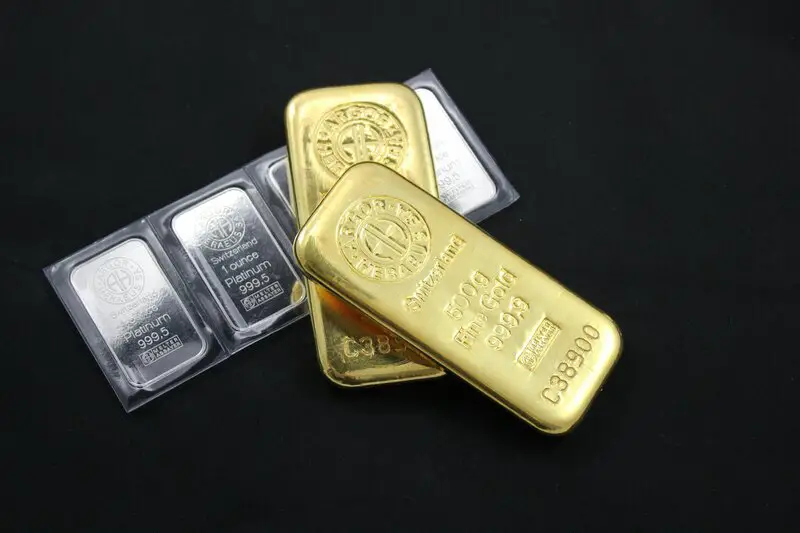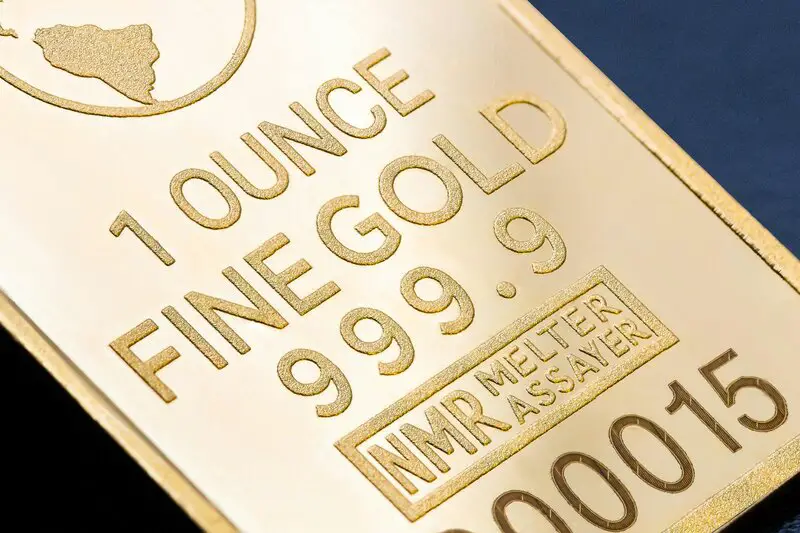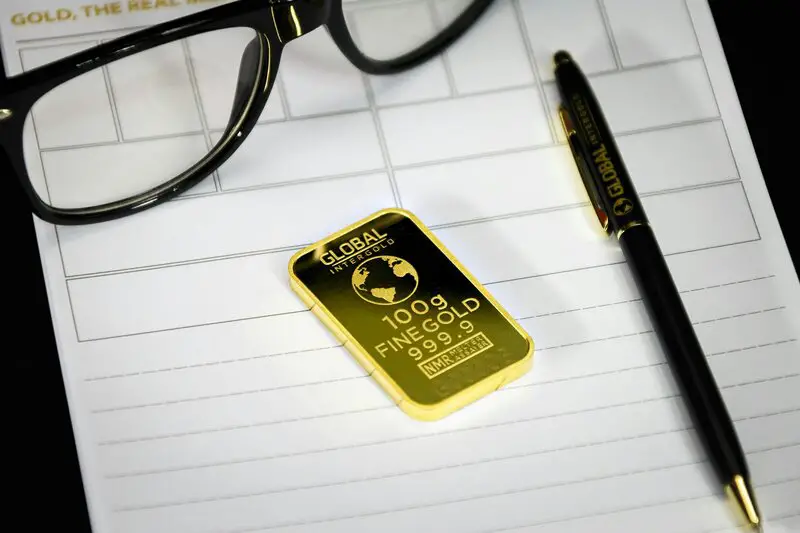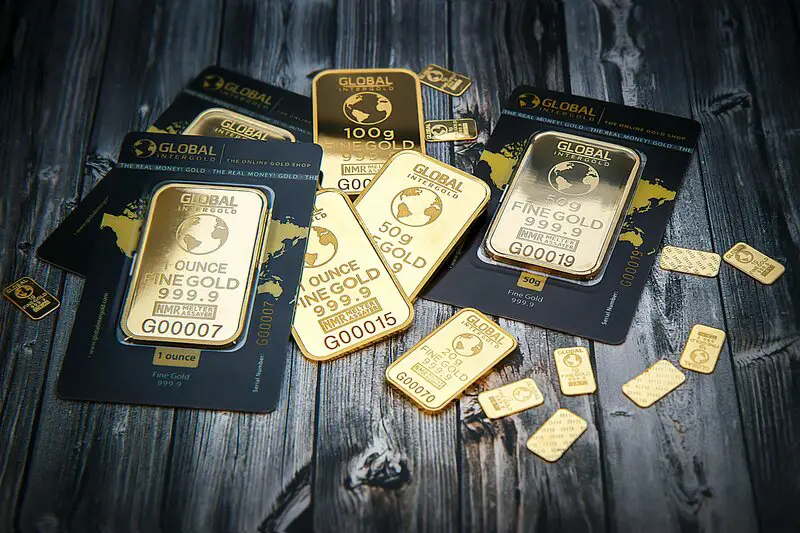The gold/silver ratio is one of the most intriguing and historically significant metrics in the world of precious metals investing. It has been watched by traders, investors, and economists for centuries as a key indicator of market sentiment and a potential tool for making strategic investment decisions.
In this guide, we'll break down what the gold/silver ratio is, how it works, why it matters, and how you can use it to inform your investment decisions. Whether you're new to investing in precious metals or looking to deepen your strategy, understanding this ratio is essential.
What Is the Gold/Silver Ratio?
At its core, the gold/silver ratio is a simple calculation:
Gold/Silver Ratio Formula
Gold/Silver Ratio = Price of Gold ÷ Price of Silver
This ratio tells you how many ounces of silver are needed to buy one ounce of gold. For example, if gold is priced at £1,600 per ounce and silver is at £20 per ounce, the gold/silver ratio is 80. This means one ounce of gold is worth 80 ounces of silver.
A Brief History of the Ratio
The relationship between gold and silver dates back thousands of years. In ancient times, both metals were used as currency, and fixed ratios were often established by governments or empires.
| Period | Official Ratio | Notes |
|---|---|---|
| Roman Empire | 12:1 | Government-set fixed ratio |
| US 1792 Coinage Act | 15:1 | Early American monetary system |
| 19th-Early 20th Century | 14:1 to 16:1 | Relatively stable under gold standard |
After the gold standard was abandoned in the 20th century, the ratio became subject to market forces and began to fluctuate more freely. Since then, the ratio has seen dramatic swings:
1980
15:1
Silver price surge during inflationary period
1991
100:1
Silver prices fell dramatically
2020
120:1
Pandemic-driven all-time high
Why Does the Gold/Silver Ratio Matter?
The gold/silver ratio is significant for several reasons:
1. Market Sentiment Indicator
High Ratio
Often suggests silver is undervalued relative to gold, possibly due to investor risk aversion or economic uncertainty.
Low Ratio
Can indicate silver is relatively overvalued or that investors are more confident in economic conditions.
2. Relative Valuation Tool
Some investors use the ratio to identify potential buying or selling opportunities:
- High ratio: Investors might buy silver in anticipation that it will gain relative to gold
- Low ratio: Gold might be the more attractive purchase
3. Trading Strategy Basis
Traders and hedge funds often use the gold/silver ratio in a strategy known as pairs trading:
When Ratio is High
Buy silver and sell gold, betting on ratio convergence
When Ratio is Low
Buy gold and sell silver, expecting ratio to normalize
Factors That Influence the Ratio
Several elements drive the fluctuations in the gold/silver ratio:
1. Industrial Demand
2. Monetary Policy and Inflation
Both metals are seen as hedges against inflation, but gold typically responds more directly to monetary policy changes. Central bank policies, interest rates, and inflation expectations can affect the price of both metals differently.
3. Investor Sentiment
During times of crisis or uncertainty, gold is often favoured as the ultimate safe haven. This can lead to a surge in gold prices and a widening of the gold/silver ratio.
4. Mining Supply and Costs
Gold and silver production levels, geopolitical events, and extraction costs can influence supply, and in turn, impact the price ratio.
How to Use the Gold/Silver Ratio in Your Investment Strategy
1. Timing Market Entry
You can use the ratio to help decide whether to allocate more of your portfolio to gold or silver. For instance, if the ratio is unusually high (say, over 80:1), it might be a good time to increase exposure to silver.
2. Portfolio Diversification
The ratio can guide asset allocation. Some investors use it to keep a balanced mix of both metals, adjusting holdings based on the ratio's movements.
3. Strategic Swapping
Advanced investors occasionally use the ratio for metal swaps:
| Ratio Level | Potential Action | Strategy |
|---|---|---|
| High Ratio | Trade gold for silver | Anticipate silver outperformance |
| Low Ratio | Swap silver back into gold | Lock in relative gains |
Over time, if timed well, this can increase total metal holdings without adding new capital.
Limitations and Risks
While the gold/silver ratio is a valuable tool, it's not a crystal ball. Consider these limitations:
Not Always Predictive
Just because the ratio is historically high doesn't guarantee silver will outperform gold soon.
Market Conditions Vary
Macroeconomic conditions, geopolitical tensions, and changing industrial trends can override historical averages.
Practical Example: A Hypothetical Scenario
Imagine gold is trading at £1,800 per ounce, and silver is at £21. The ratio is:
Current Scenario
1800 ÷ 21 = ~85.7:1 ratio
Historically, if you believe the ratio will revert to 65:1, silver may have more upside. You could consider buying silver or swapping gold holdings into silver. If silver rises to £27.70 while gold remains at £1,800, the ratio becomes:
Target Scenario
1800 ÷ 27.70 = ~65:1 ratio
At this point, you might sell some silver to rebalance or re-enter gold, depending on your strategy.
| Scenario | Gold Price | Silver Price | Ratio | Action |
|---|---|---|---|---|
| Initial | £1,800 | £21 | 85.7:1 | Consider buying silver |
| Target | £1,800 | £27.70 | 65:1 | Consider rebalancing |
Final Thoughts
The gold/silver ratio is a powerful lens through which to view the precious metals market. While it should never be your only tool, it offers a time-tested method for assessing relative value, understanding market trends, and spotting potential opportunities.




